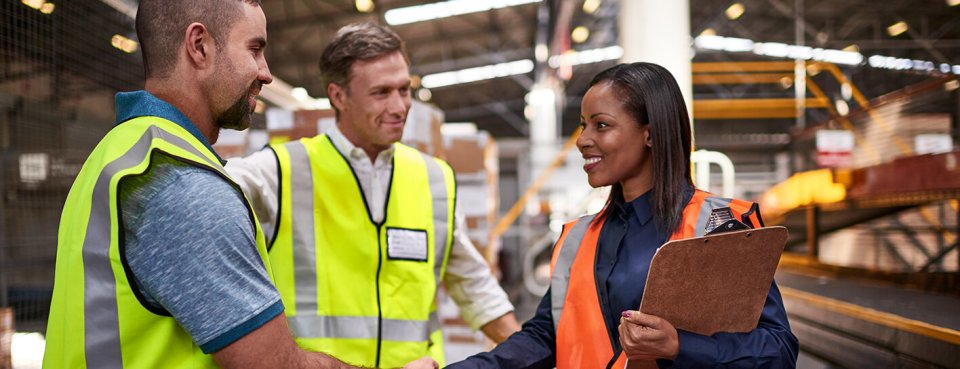HSE ramps up welding fume focused inspections

The Health and Safety Executive (HSE) has started to send out letters confirming that the Fabrication and Engineering sectors will be the subject of unannounced inspections which will be taking place between January and March 2020.
The inspections will be focused on welding fume and required control measures and will look at two key areas: control measures for the release of welding fume internally – through Respiratory Protective Equipment (RPE) and local exhaust ventilation (LEV); and outside welding operations.
The HSE, as part of their unannounced inspection regime, will be targeting welding fume and these unannounced inspections will be taking place between January and March 2020.
What do I need to do?
You’ll need to put appropriate controls in place. This includes looking at how you control fumes, as all indoor welding activities will require suitable engineering controls, such as local exhaust ventilation (LEV) and extraction.
Where these alone cannot control the exposure adequately, additional controls should be implemented, such as the use of Respiratory Protective Equipment (RPE) to protect the welder from residual fume.
If welding is done outside, controls will also be needed. RPE should be provided and employees should understand why these controls are in place and how to use the equipment safely. All equipment must also be suitable for the task at hand.
There is no identified safe level of exposure, so the HSE will no longer accept any welding undertaken without suitable controls in place regarding exposure, irrespective of the duration of the task.
Please also remember that all risk assessments completed for the task should reflect any new changes in the control measures.
Action plan – how to prepare
- Effectively plan welding work and consider questions like:
- What’s the duration of the welding?
- What are we welding?
- Where is the welding taking place?
Risk assessments will be needed for both. The control measures needed will be factored into your risk assessment for the welding process itself and your COSHH assessment for the fume release.
2. Make sure that you’re actively controlling welding fume through engineering controls, as mentioned above.
3. All control measures must be suitable, regardless of duration and location.
4. Make sure LEV and extraction are correctly used, maintained, and where applicable, subject to a thorough examination.
5. If using RPE, the equipment must be suitable for the user and offer the correct protection; this would be done through an RPE management programme such as face-fit testing.
What Citation can do to help?
If you’ve got any questions about the prospect of an upcoming visit from the HSE, remember as a valued Citation client, you can contact us for support 24/7, 365 days a year on our advice line 0345 844 4848.
And to help you with implementation, remember to use our fact sheets on welding safety and RPE on our online management platform – Atlas, alongside example risk assessments that can help shape your planning and control of all welding tasks.
Get more information

